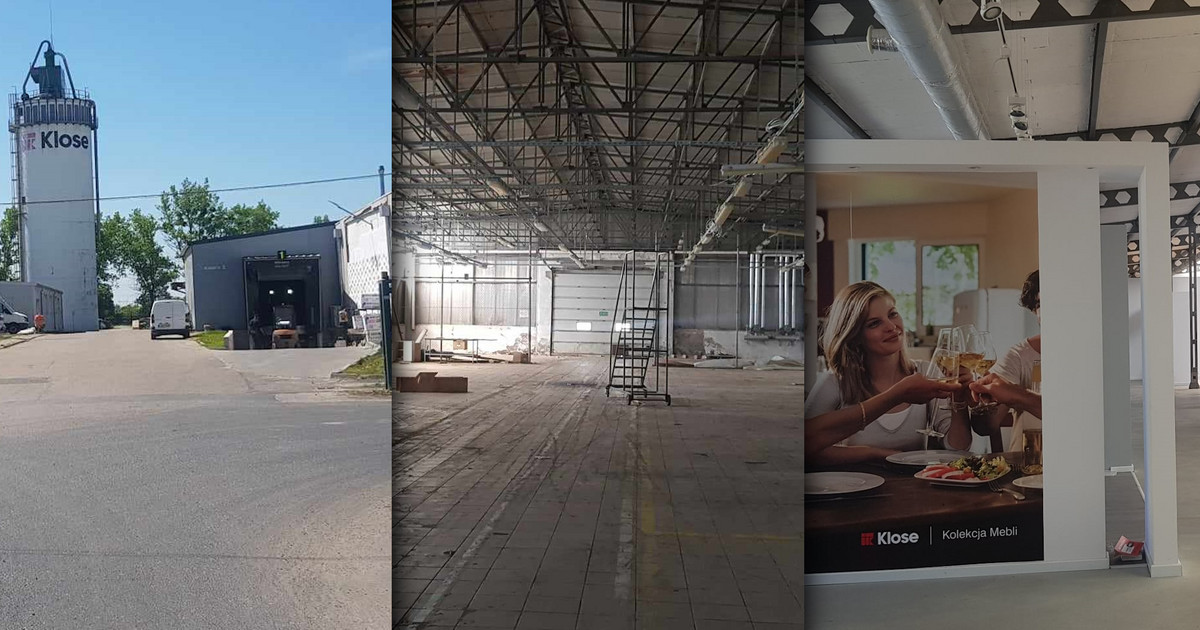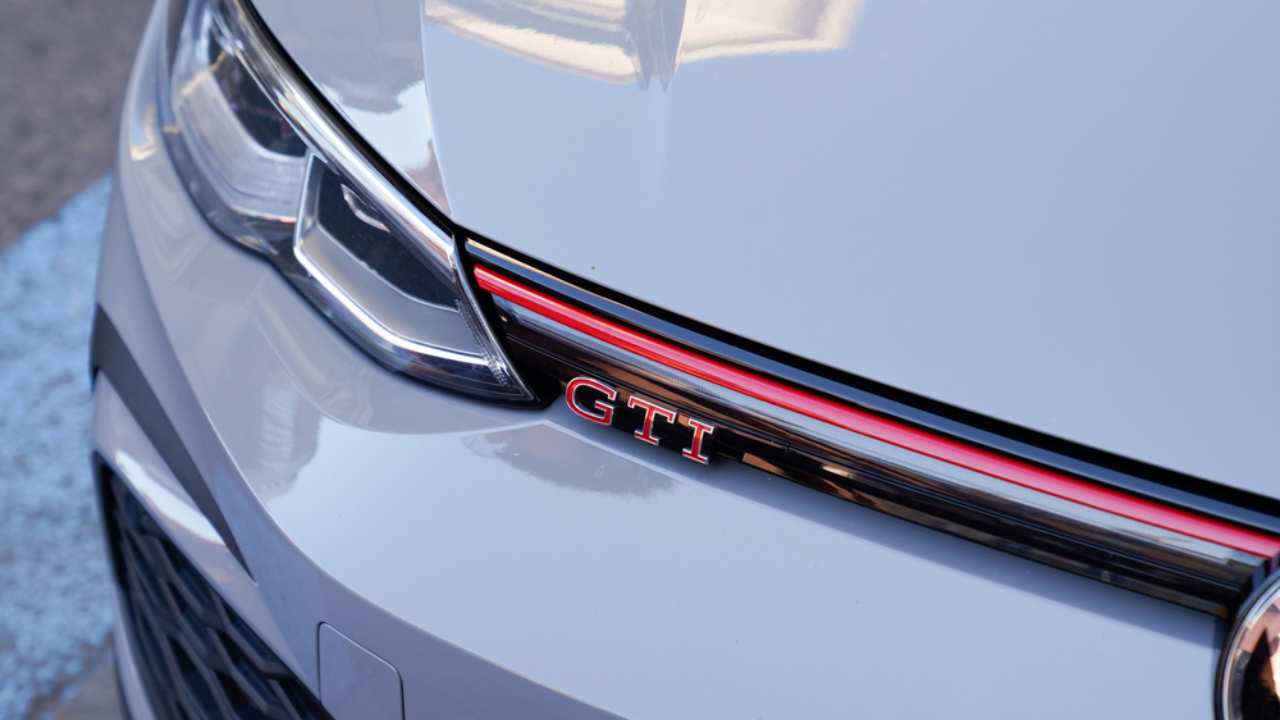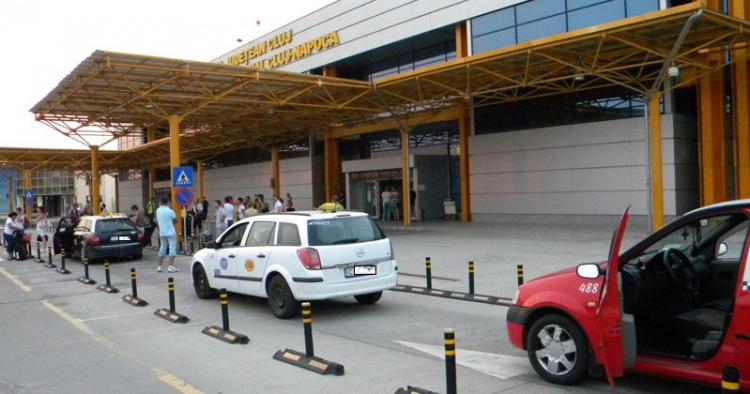#city #pole #poverty #Romania #Bitter #lyrics #life #locals #VIDEO
In the 2000s, the locals of Călan (Hunedoara) lamented, in poems, the fate of the working town and its large metallurgical plants. The factory that employed thousands of people disappeared in just a few years.
The town of Călan, built in the 60s. Photo: Daniel Guță. TRUTH
Two decades after the decommissioning of the metallurgical complex in Călan, fewer and fewer things remind of the industrial colossus on the banks of the Streiului, around which the city of Călan in Hunedoara was built.
Most of the metallurgical constructions in Călan were demolished, leaving behind dozens of hectares of vacant land, but on 40 hectares of the surface of the former Victoria complex, after the decommissioning of several factories and furnaces, a business park was established, occupied of construction companies and warehouses.
The most troubled years of Calanu
The Călan iron works began their activity over a century and a half ago, but in the 90s and 2000s, their sections were decommissioned and demolished one by one (video).
The operation was hastened by the local people’s rush for scrap metal and by the large-scale looting that took place on the Sidermet platform, the new name, given after privatization, by the Victoria metallurgical complex.
In the 1990s, the Călan metallurgical plant had almost 7,000 employees and was among the largest cast iron producers in Romania.
It was privatized, restructured, being divided into 12 companies, and in a short time, all of them reached the brink of bankruptcy.
The coking plant, one of the last sections still operating on the metallurgical platform, was shut down in December 1999, and its approximately 400 employees lost their jobs.
The Călan plant in the 2000s. PHOTO Traian Manu
Locomotives, rails and countless industrial machines were sold at scrap metal prices, former employees recall, while frequently, due to delays in receiving wages and the dramatic situation in which the factories were located, many workers went on hunger strike.
The combine, devastated in a few years
Many locals from Călan, a town with about 10,000 inhabitants, located over the hills of Hunedoara, ten kilometers from the municipality of Hunedoara, still remember the song that illustrated the atmosphere of the city on the banks of the Strei in the 2000s.
“In Călan, in Călan / The world has no money / But in Călan with us / All are tricksters and smardos”, was the popular refrain that echoed in the bars and clubs of Hunedoara.
ON K-lan, the band that released the song, satirizes the dramatic situation the city was going through in the lyrics: “You’ve reached the center and you see everything there is to do. You look left and right and don’t know what to do. In my city, the pigeon is the crow, you don’t know where it is, look for Hunedoara”.
Image 1/22: Calan Photo Daniel Guță THE TRUTH (28) jpg
At the beginning of the 2000s, in just a few years, the Călan metallurgical complex became a huge expanse of ruins.
The industrial complex with a history of over a century and a half was invaded by the machines of the companies that were dealing with the demolition of its constructions, by the locals looking for scrap iron and coal, and by thieves.
Image 1/23: the truth gauge combined
The security agents were overwhelmed by the large number of those who had come to loot the remains of the Victoria compound, and the policemen were also helpless.
Over the hills, in Hunedoara, numerous groups of thieves gave blow after blow in the disused sections of the Hunedoara steel plant.
In Călan, the situation was just as dramatic, the compound before its decline in the 90s covering an area of almost 100 hectares.
“The stack of files with an unknown author is constantly growing at the Călan Police, they are already becoming archive materials. One of the files is the one related to the sudden disappearance, in one night last year, of more than 30 large engines, from the very central warehouse of the SIDERMET Călan company, under the eyes of the guard, an employee of a security companies. The research carried out at that time revealed the fact that 11 copper furnace vents were also missing from the company’s warehouse. Of these, nine were brought for reconditioning, and two were brand new, all together costing several hundred million lei”, informed the newspaper Transilvania Jurnal, in 2001.
Image 1/32: the ruins of the combined calan photo daniel guta adevarulu
In the following years, the large metallurgical constructions of the former combine were demolished or cut to scrap metal, leaving the vacant land strewn with ruins.
Some could be brought back into the economic circuit, through private investments or financed with European funds, but other areas of tens of hectares await greening.
The Călan iron works, established in the middle of the 19th century
The first furnace in Călan was built in 1869 and was put into operation two years later. At the end of the 19th century, the iron and cast iron factory had two furnaces, one of them being at that time the largest in the country. Hundreds of people worked here, settled in the worker colonies from Călan.
A narrow railway was used to transport raw materials from the iron mines in Teliuc and Ghelari, and a dam was built on the Strei river to supply the plant.
In the interwar years, the factory, which had over 700 workers, became the property of the company “Titan, Nădrag, Călan”, owned by industrialists Edgar and Max Ausnit. After the Second World War, it was nationalized, and the communist regime transformed it into a complex, which gradually expanded in the following decades, reaching an area of almost 100 hectares.
The combine, expanded by the communist regime
The Călan metallurgical plants located less than ten kilometers from Hunedoara reached their maximum potential in the 70s, when the complex was called the Victoria Călan Combine.
The furnaces, the agglomerate plant and the coke plant in Călan used pitch, coal, raw ore from the Jiului Valley, homogenized ore, limestone and produced coke, liquid iron, slag, pig iron, gray iron, briquette coke, fluidizing coke, semicoke and granulated slag. In the past, stoves, bathtubs, radiators and other cast iron parts were produced here.
The Călan metallurgical plant had become one of the biggest polluters in western Romania under the communist regime. Waste water loaded with harmful substances often ended up in the Strei river from Hunedoara, destroying a large part of the fish fauna.
The Victoria Călan combine went into decline in the 80s, and in the 2000s, the metallurgical complex was closed and decommissioned (video). The furnaces and the big chimneys have disappeared, demolished along with the other industrial buildings or ruined by time and people.
An area of 46 hectares of the Călan metallurgical plant was transformed into an industrial park, and almost another 50 hectares remained vacant land, on which you can see, from place to place, the remains of the constructions put to the ground.
The new town of Calan, built from scratch
In the 60s, the first residential blocks were built in the town of Călan (video), for the families of workers from the Victoria Metallurgical Plant.
The buildings with two floors and small apartments, of two or three rooms, were grouped in two micro-districts specific to the times when many workers’ towns were expanded at an alert pace by the communist regime.
The new city designed for a population of about 10,000 inhabitants was developed on the right bank of the Strei river (video) and was connected by Furnalistului Street to the main entrance to the Călan metallurgical complex and to the old Călanul vechi, located on the opposite bank of the river, closer to Hunedoara.
The first row of blocks in the city of Călan was established on the side of the hill in the immediate vicinity of the “St. Gheorghe” church (video)
On the hill next to the medieval church in Streisângeorgiu (Călan), a place from the 12th-13th centuries, the builders demolished a valuable ancient settlement with a necropolis, which they then buried mostly under the new residential buildings.
The town of Calan and the villages in its surroundings were the sites of valuable ancient discoveries.
Here are Aquae – the ancient thermal baths from the time of the Dacians and Romans (video) and Măgura Călanului – the largest stone quarry known from the time of Dacia (video).











